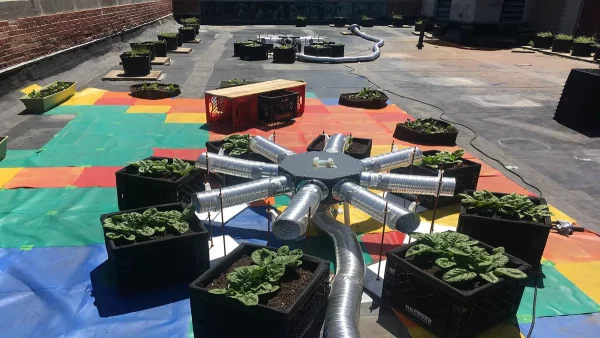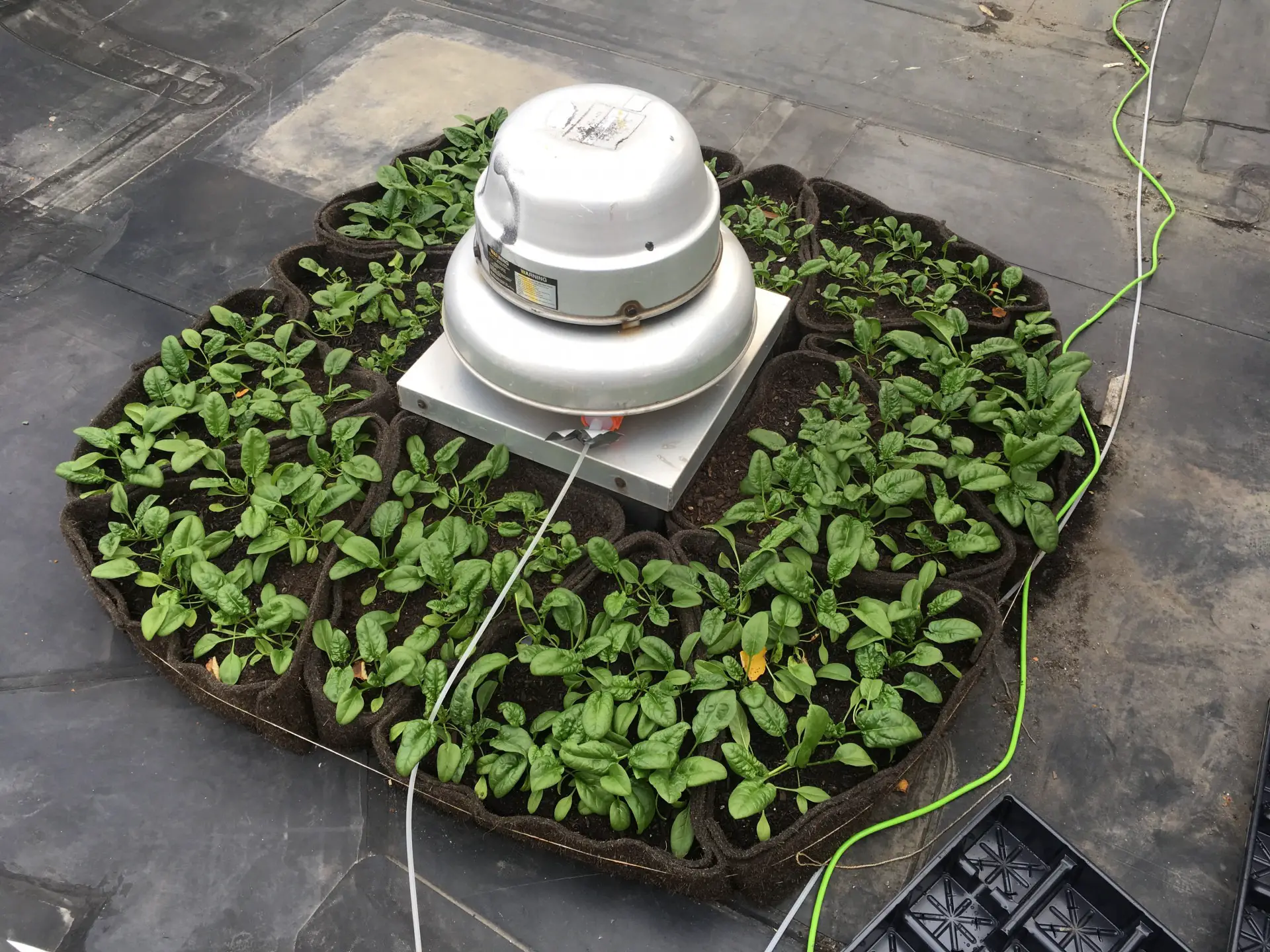Scientists Created A Ventilator That Turns CO2 Fumes Into Fertilizer For Rooftop Gardens
Tags: News

The process of respiration tells us that human beings are constantly breathing in large amounts of CO2. And when we respire inside a building for quite a large amount of time, it does create a massive concentration of gas inside any enclosed surroundings.
SUBSCRIBE TO THE TRUTH THEORY YOUTUBE CHANNEL, CLICK HERE
If the building has a proper exhaust system, the CO2 can be dispersed safely. But- this process can always be improved upon. Incidentally, a group of researchers from the University of Boston has theorized a system called the BIG GRO which turns CO2 fumes into fertilizer- which can then be utilized to grow rooftop gardens.
Turning CO2 Fumes Into Fertilizer Would Transform Rooftop Farming
Dr. Sarabeth Buckley, the lead researcher on this study, went on to state that it is well documented that plants take in carbon dioxide which is their source of food. And when they are exposed to massive amounts of CO2, their growth is exponentially better. This discovery has led to the author growing plants at the end of the exhaust system of the building that provides them with excess carbon dioxide. The lead researcher and her team have been employing BIG GRO in order to create corn and spinach on the top of the Boston University campus. They noticed, initially, that turning CO2 fumes into the fertilizer can be a massive boost to plants that need growth.
As it turns out, turning CO2 fumes into the fertilizer can be beneficial to the ecology around us. According to the United States Environment Protection Agency, the practice of cultivating plants on the rooftops of buildings does have severe financial and ecological advantages. Rooftop gardens are known for improving the quality of air in a particular area, and they also reduce one’s carbon footprint. But, it isn’t easy to take care of rooftop gardens. Plans usually deal with a lot of stress when they are grown on roofs. The growth can be affected by direct exposure to rainfall, sunlight, and wind. Usually, the plants end up dying, or they could be suffering from diseases. This is what led researchers to believe that creating a supply of CO2 would solve this issue. There would be favorable conditions under which a plant would be able to grow without any deplorable effects of the surroundings.

In order to properly test this idea that turning CO2 fumes into fertilizers can help plants, the researchers decided to cultivate corn and spinach plants by placing them strategically near the exhaust vents. Dr. Buckley stated that she had been testing quite a variety of application systems- but ended up utilizing a relatively simple ramp created through aluminum that would be moving the exhaust air toward the plants. She also commented that in order to check the environmental conditions, the team had been using HOBO loggers that were set up along the vents and fans to record multiple conditions which would prove the theory furthermore.
What Are The Changes Needed To Be Made To Big Gro?
The experiment yielded results that were perfectly aligned with what the researchers proposed. The plants that were placed grew around thrice the size that they usually grow. The authors also found out that the speed of the wind also played quite a major part in the growth of the plant. To put it simply, the high wind speeds coming through the vent could have affected the plants negatively. But due to the BIG GRO system, the wind was at optimum levels throughout.
Dr. Buckley believes that if BIG GRO would be capable of creating such hospitable environments on a commercial basis, rooftop gardens would be a major trend in the near future. However, the design needs to be refined further. The exhaust air application system of the machine also needs to be optimized before it can go mainstream. The study saw the researchers growing plants in the vicinity of the vents, but it should be possible for people to grow plants at a distance from the vents and yet receive the benefits.
Also, in order to capitalize on the benefits of turning CO2 fumes into fertilizer, researchers would have to test the effectiveness of the machine against other plants. It would also be prudent to bring in different environments for the testing, to make sure it is adaptable. Dr. Buckley believes that a good place to start and develop BIG GRO would be New York.
Image credits: Dr. Sarah Buckley / BIG GRO system
Leave Comment: